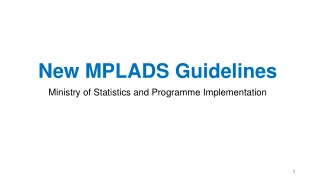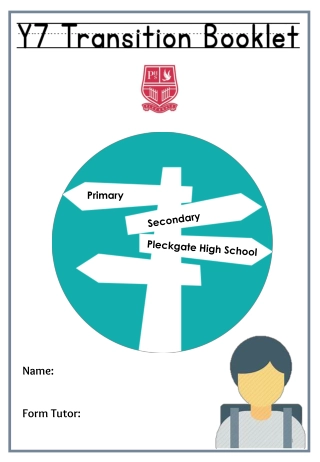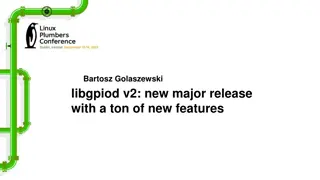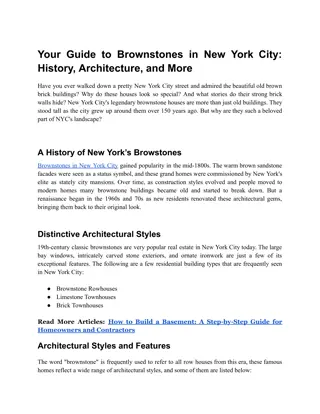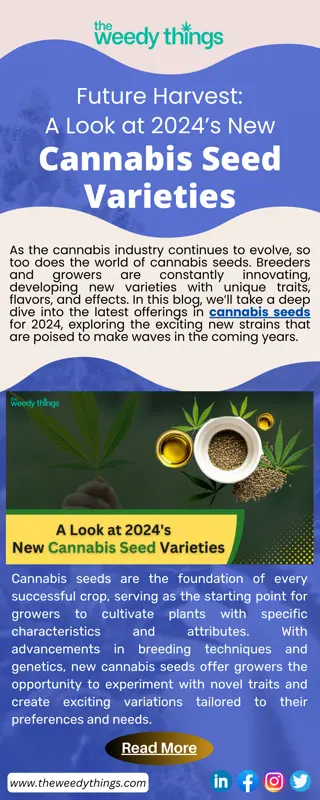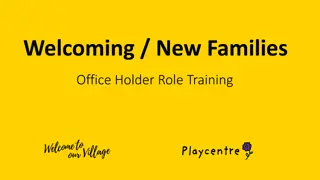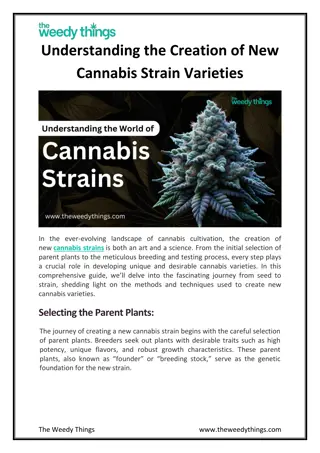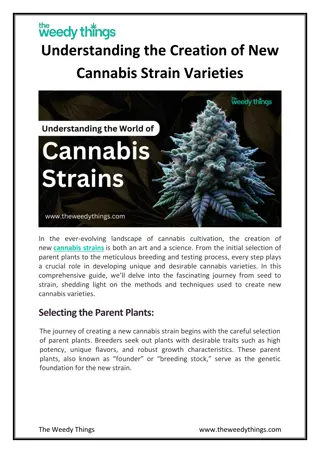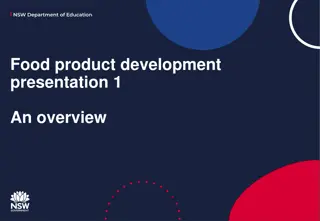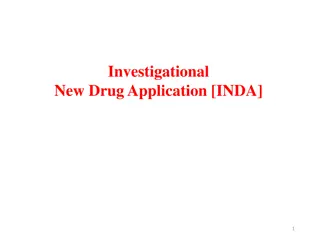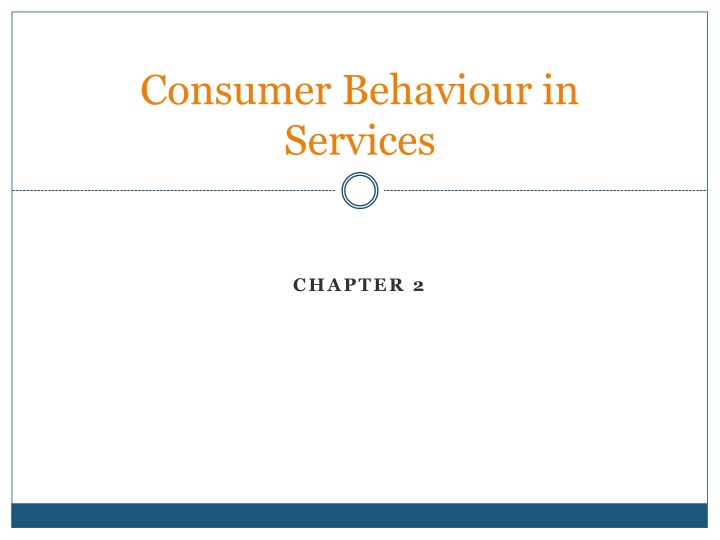
Consumer Behavior in Services
Explore why services are more challenging for customers to evaluate compared to goods. The stages of the customer decision model and factors influencing pre-purchase decisions are discussed in detail. Discover the continuum of evaluation for different types of products and the customer gap in service expectations versus perceptions.
Download Presentation

Please find below an Image/Link to download the presentation.
The content on the website is provided AS IS for your information and personal use only. It may not be sold, licensed, or shared on other websites without obtaining consent from the author. If you encounter any issues during the download, it is possible that the publisher has removed the file from their server.
You are allowed to download the files provided on this website for personal or commercial use, subject to the condition that they are used lawfully. All files are the property of their respective owners.
The content on the website is provided AS IS for your information and personal use only. It may not be sold, licensed, or shared on other websites without obtaining consent from the author.
E N D
Presentation Transcript
Consumer Behaviour in Services CHAPTER 2
Discussion Question, page 62 Explain why services tend to be harder for customers to evaluate than goods.
Continuum of Evaluation for Different Types of Products Figure 3.3 Most Services Most Goods Easy to evaluate Difficult to evaluate High in search qualities High in experience qualities High in credence qualities
The Customer Gap Expected service Customer Gap Perceived service
Customer Decision Model: The Three Stage Model Three Stages: Pre-purchase Stage Service Encounter Stage Post-purchase Stage Each stage has several parts
Pre-Purchase Stage Need awareness Information search Evaluation of alternatives Multi-attribute model Service attributes Perceived risk Service expectations Purchase decision
Pre-purchase Stage Need Awareness A service purchase is triggered by an underlying need (need arousal) Needs may be due to: People s unconscious minds (e.g., aspirations) Physical conditions (e.g., chronic back pain) External sources (e.g., marketing activities) When a need is recognized, people are likely take action to resolve it
Pre-purchase Stage Information Search When a need is recognized, people will search for solutions. Several alternatives may come to mind and these form the evoked set Evoked set set of possible services or brands that a customer may consider in the decision process When there is an evoked set, the different alternatives need to be evaluated before a final choice is made
Pre-purchase Stage Evaluation of Alternatives Multi-attribute Model
Pre-purchase Stage Evaluation of Alternatives Service Attributes Search attributes help customers evaluate a product before purchase Style, color, texture, taste, sound Experience attributes cannot be evaluated before purchase must experience product to know it Vacations, sporting events, medical procedures Credence attributes are product characteristics that customers find impossible to evaluate confidently even after purchase and consumption Quality of repair and maintenance work
Pre-purchase Stage Evaluation of Alternatives Perceived Risks Functional unsatisfactory performance outcomes Financial monetary loss, unexpected extra costs Temporal wasted time, delays leading to problems Physical personal injury, damage to possessions Psychological fears and negative emotions Social how others may think and react Sensory unwanted impact on any of five senses
Discussion Question How can a firm handle consumer perceived risks? Think about this from a service marketing context (and from your experiences). own personal
Pre-purchase Stage Evaluation of Alternatives Service Expectations Customers evaluate service quality by comparing what they expect against what they perceive Situational and personal factors also considered Expectations of good service vary from one business to another, and differently positioned service providers in same industry Expectations change over time
Purchase Decision When possible alternatives have been compared and evaluated, the best option is selected Can be quite simple if perceived risks are low and alternatives are clear Very often, trade-offs are involved. The more complex the decision, the more trade-offs need to be made Price is often a key factor in the purchase decision
Service Encounter Stage High-contact Services Customers visit service facility and remain throughout service delivery Active contact between customers and service personnel Includes most people-processing services Low-contact Services Little or no physical contact with service personnel Contact usually at arm s length through electronic or physical distribution channels New technologies (e.g. Web) help reduce contact levels
Service Encounter Stage Servuction System visible front stage and invisible backstage Service Operations System (back stage) Technical core where inputs are processed and service elements created, usually backstage Includes facilities, equipment, and personnel Service Delivery System (front stage) Where final assembly of service elements takes place and service is delivered to customers Includes customer interactions with operations and other customers
Service Encounter Stage Theatrical Metaphor: An Integrative Perspective Good metaphor as service delivery is a series of events that customers experience as a performance Service facilities Stage on which drama unfolds This may change from one act to another Personnel Front stage personnel are like members of a cast Backstage personnel are support production team
Post-purchase Stage Customer Satisfaction: Satisfaction defined as attitude-like judgment following a service purchase or series of service interactions Customers have expectations prior to consumption, observe service performance, compare it to expectations Satisfaction judgments are based on this comparison Positive disconfirmation if better than expected Confirmation if same as expected Negative disconfirmation if worse than expected
Post-purchase Stage Customer Delight: Research shows that delight is a function of 3 components Unexpectedly high levels of performance Arousal (e.g., surprise, excitement) Positive affect (e.g., pleasure, joy, or happiness) Once customers are delighted, their expectations are raised If service levels return to previous levels, this may lead to dissatisfaction and it will be more difficult to delight customers in future

